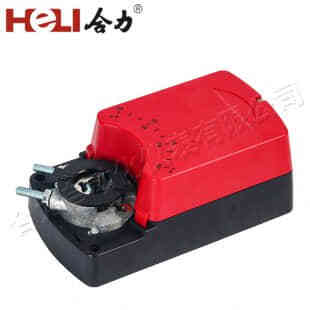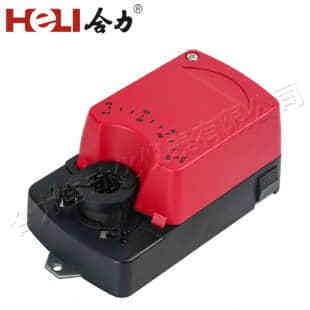Damper actuators play a vital role in modern HVAC (Heating, Ventilation, and Air Conditioning) systems, industrial machinery, and other applications requiring precise control of airflow and environmental conditions. These devices are responsible for adjusting the position of dampers, which regulate the flow of air, smoke, or gas in various systems. In this article, we will explore the function, types, applications, and benefits of damper actuators, highlighting their importance in maintaining efficiency and safety across various industries.

What is a Damper Actuator?

A damper actuator is a mechanical device that automatically adjusts the position of a damper in response to input signals from a control system. Dampers are used to regulate the airflow or gas flow within a duct, chimney, or ventilation system by either opening or closing the damper blades. The actuator is responsible for moving the damper blades to specific positions, either fully open or closed, or anywhere in between, depending on the system’s requirements. Damper actuators can be driven by several types of power sources, including electric motors, pneumatic pressure, or hydraulic force. The most commonly used type is the electric damper actuator, as it is easy to integrate with digital control systems and offers precise positioning capabilities.
